The path of photography leads us through many real and imagined landscapes. For photographers, especially beginners, a new universe of opportunities opens up when the sun goes down and darkness falls over the planet.
There are unique opportunities and obstacles for night photography. Photographers must investigate the relationship between artificial lighting, lengthy exposure, and creativity without natural light. Night photography may appear difficult to beginners, but it can be an exciting and gratifying experience with the appropriate concepts and methods.
Welcome to an amazing world of night photography, where creativity and technology combine to create breathtaking images that may make an impression. This article explores some fantastic night photography ideas for beginners.
Let’s have a look at them.
Easy Night Photography Ideas for Beginners
1. The Night Sky with Star Trails
Take up astrophotography by taking pictures of star trains. Place your camera on a tripod, open the shutter, and observe as the stars trace captivating trails across the sky. To catch longer trails, beginners can begin with lower exposure periods and gradually lengthen them.
2. Urban Skyline Aglow
Under the cover of darkness, urban settings change. Capture the vibrant city space with a warm glow from the city lights. To capture the city’s vitality in a single frame, use a tripod and test with various exposure times. Beginners have a great chance to learn the fundamentals of prolonged exposure at this time.
3. Painting with Light
Explore the realm of lighting painting. Use a flashlight to manually paint light onto your subject in the dark while the shutter is open on the camera. This method is perfect for people new to night photography because it provides countless creative options.
4. City Exploration
Set out on a photographic expedition to capture the attractive metropolitan nightscapes. Wander the streets, squares, and alleys while taking pictures of the light and shadow play. Beginners can learn about composition and storytelling in this manner.
5. Gorgeous Light Reflection
Find bodies of water, such as lakes or rivers, and take pictures of how reflections and sunlight interact. Beginners can experiment with contrast and composition by using the shimmering lights on the water’s surface to create ethereal and dreamy compositions.
6. Moonlit Sceneries
The moonlight should be used to your advantage. When the moon is full, landscapes take on a soft glow that makes it possible to photograph minute features and textures that could be missed during the day. Beginners should take advantage of this chance to experiment with balancing natural and artificial light.
7. Motion in The City
Experiment with long-exposure photography to capture the city’s dynamic movement at night. Use a slower shutter speed to catch the flashing headlights of passing cars or thronging people. Beginners may find this helpful for understanding shutter speed and motion blur.
8. Silhouettes in The Night
Play with silhouettes against a well-lit background when it’s nighttime. Place your subject between the light source and the camera to produce compelling and enigmatic outlines. Starting with this technique, beginners can learn about the relationship between objects and light.
9. Glowing Architecture
Take pictures of the stunning buildings at night. Luminous decorations on large structures can produce a stunning and dramatic scene. Beginners can practice taking detailed photos while learning how to control various light sources.
10. Creating Bokeh Magic
Bokeh Magic accepts the charm of bokeh, those lovely, out-of-focus light flecks. Take pictures of situations when artificial lighting is present. To emphasize the subject in focus while generating a beautiful bokeh effect, use a wide aperture (low f-number).
Conclusion
As a beginner, don’t be scared to try new things, make errors, and gain knowledge from every shot.
After dusk, the world changes, revealing buried beauty and mysteries that can only be recorded with a camera. You have a solid basis to begin your night photography experience with the dark photography ideas for beginners given above.
As with any skill, practice makes perfect. Your ability to capture the magic of the night will improve as you experiment and learn more about these concepts. So grab your camera, head into the shadows, and let the nocturnal symphony of lights and shadows inspire you to unleash your creativity.
Frequently Asked Questions
Can a Novice Night Photographer Use a Smartphone?
Absolutely! Many contemporary smartphones offer sophisticated camera features, such as manual settings for changing ISO and exposure. While a specialized camera provides greater control, smartphones may take stunning nighttime photos. Ensure your phone is ready for extended exposures, and consider using apps with manual control.
What Camera Settings Should a Newbie Use for Night Photography?
To reduce noise, start with a low ISO setting (between 100 and 400), a large aperture (low f-number), which will let in more light, and long shutter speeds, improving exposure. To get the desired result, try out several combinations. You may carefully alter these settings by using the manual setting on the camera.
How Crucial Is a Tripod when Taking Nighttime Photos?
When using slower shutter speeds for night photography, a tripod is essential. It eliminates camera shake, resulting in clear photographs even in dim lighting. If you don’t have a tripod, either locate a solid surface to set your camera down or buy a compact portable tripod, either locate a solid surface to set your camera down on or buy a compact, portable tripod made just for cellphones.
How Do I Manage Lighting when Taking Night Photos?
Balancing ambient and artificial illumination when taking night photos might be challenging. To get the ideal balance, experiment with various lighting sources, including building lights, neon signs, and streetlights. Be mindful of color casts and alter the white balance during post-processing if necessary.
How Can I Make My Nightingale Photos Less Noisy?
Due to higher ISO settings in low-light situations, noise is more noticeable. Keep the ISO as low as possible while keeping the correct exposure to reduce noise. Additionally, noise can be decreased with post-processing software while maintaining image quality. Utilize noise reduction techniques to your advantage and experiment to find the right balance.

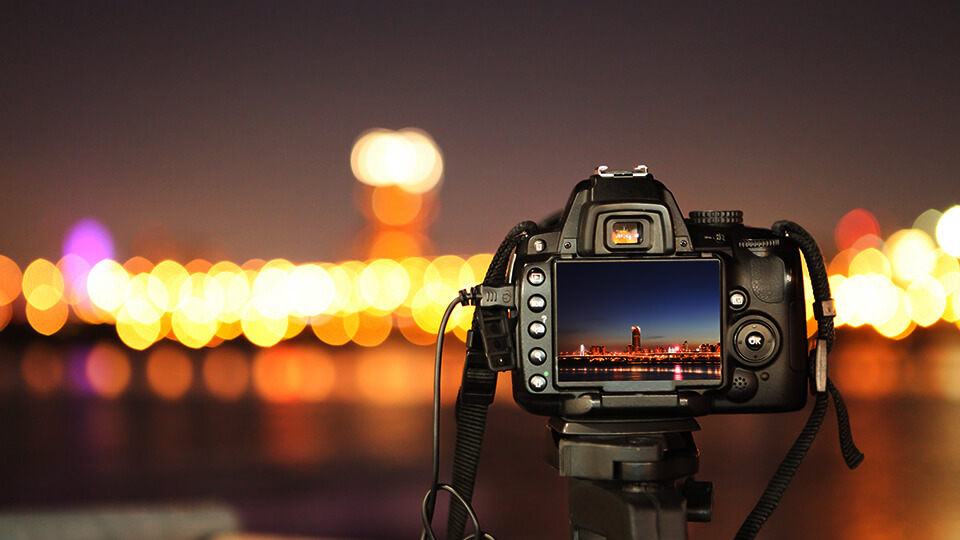
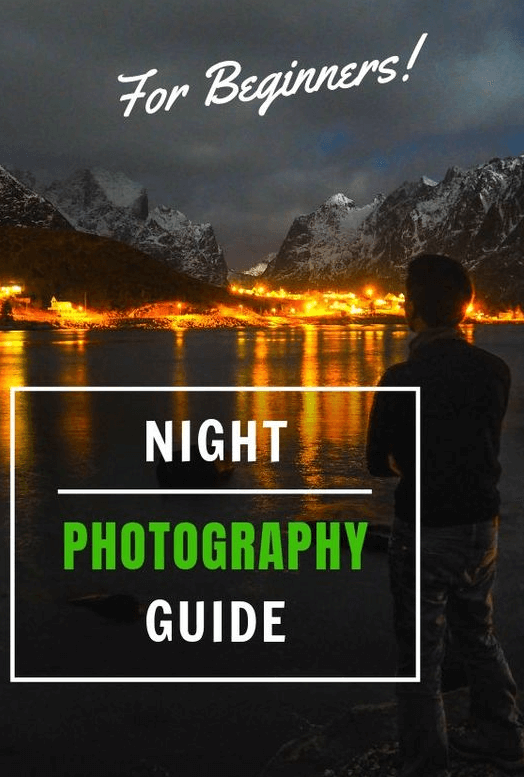
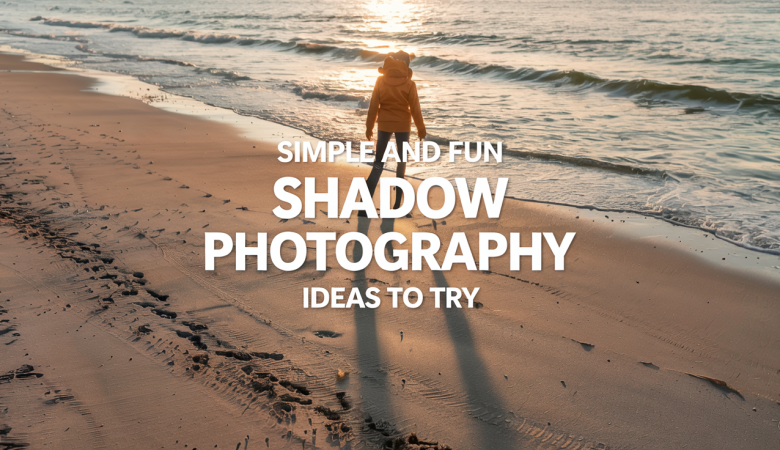
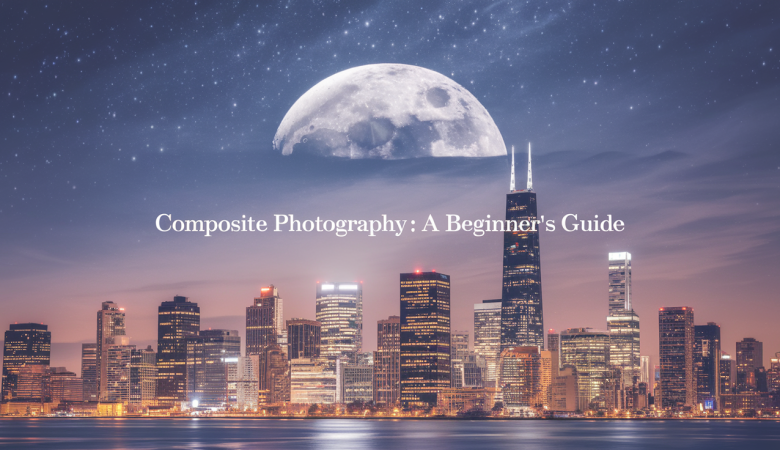

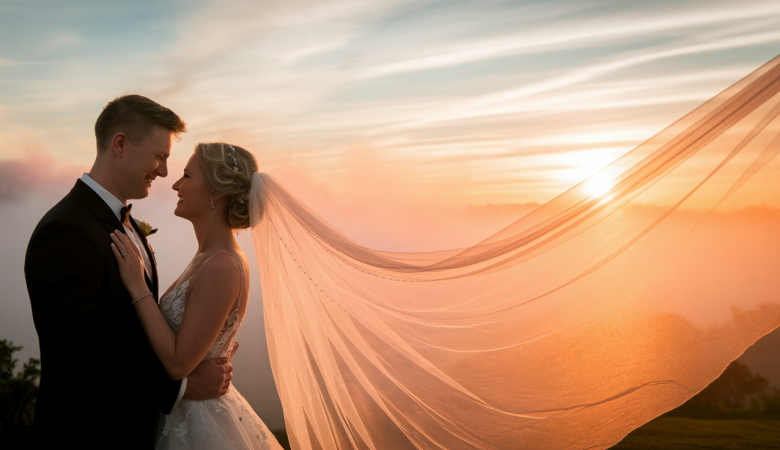
Leave a Reply